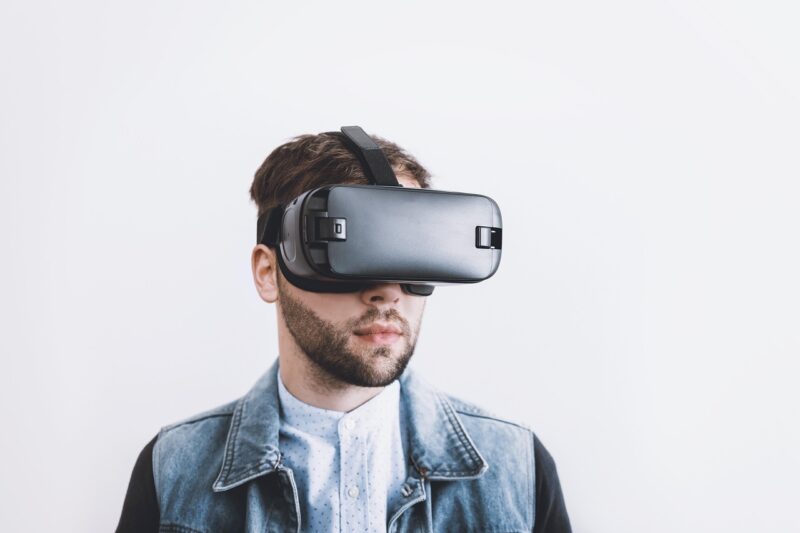The Most Influential Tech Gadgets of the 2000s That Changed Our Lives
November 12, 2024

The 2000s were an era of monumental advancements in technology, bringing forth gadgets that not only changed the way we interacted with the world but also transformed our daily lives. From the rise of smartphones to the introduction of portable media players, these devices redefined communication, entertainment, and convenience. In this article, we will explore some of the most influential tech gadgets of the 2000s, examining their impact on society and how they paved the way for the technology we rely on today.
1. The iPod: A Revolution in Music Consumption
Launched in 2001, the Apple iPod ushered in a new era for how we listen to music. Before the iPod, music was primarily consumed via CDs or cassette tapes, which had various limitations such as portability and selection.
The iPod changed everything by allowing users to carry thousands of songs in their pocket. This portable media player also introduced the click wheel interface, which made browsing through music libraries seamless and intuitive. Additionally, the iTunes Store further revolutionized music consumption by providing a legal platform for purchasing and downloading music.
Today, the iPod has evolved into iPhones and other smart devices that continue to shape the way we enjoy music, but the iPod’s initial release set the groundwork for the digital music industry we know today.
2. The BlackBerry: Redefining Mobile Communication
Before smartphones became ubiquitous, the BlackBerry was the epitome of mobile communication. Launched in the late 90s and gaining momentum in the 2000s, BlackBerry was particularly popular among business professionals.
Its signature physical QWERTY keyboard allowed for fast and efficient emailing on the go, catering to a demographic seeking constant connectivity. Features such as push email and robust security made BlackBerry devices essential tools for corporate customers.
Though BlackBerry has lost ground to touchscreen smartphones, its influence in shaping mobile communication—particularly for email—cannot be overstated. The brand laid the groundwork for features we see in modern smartphones, such as security measures and email integration, continuing to influence how we communicate today.
3. The Nintendo Wii: Gaming for Everyone
The launch of the Nintendo Wii in 2006 was a game changer in the gaming industry. With its innovative motion-sensing controls, the Wii encouraged players of all ages and skill levels to participate in gaming, breaking down barriers that often kept casual players at bay.
The Wii introduced health and fitness games such as “Wii Fit,” promoting an interactive approach to gaming. As social gaming gained popularity, the Wii became a family-friendly console that created shared experiences, transforming the perception of video gaming as an isolating activity. The technology and concepts introduced with the Wii have influenced future gaming consoles and continued to impact how we perceive video games as social engagements.
4. The iPhone: The Birth of the Smartphone Era
In 2007, Apple released the first-generation iPhone, an innovative device that drastically changed the smartphone landscape. The iPhone’s combination of an intuitive touch interface, a built-in camera, and access to the internet through mobile data revolutionized communication.
With the App Store introduced in 2008, the iPhone transformed from a device for communication to a versatile smartphone equipped with countless applications for various aspects of life—social media, gaming, navigation, and productivity. The iPhone catalyzed the rapid evolution of smartphones, making them an essential part of everyday life. Its design and user interface principles continue to influence smartphone development today.
5. The Kindle: Reading Reimagined
The Amazon Kindle, first released in 2007, marked a significant shift in how we consume literature. It allowed readers to access thousands of books conveniently and carry a library in their pocket. Its e-ink technology offered a reading experience similar to that of paper, reducing eye strain and providing comfortable reading even in bright sunlight.
The Kindle also popularized the concept of e-books, making it easier for readers and authors to share and access literature. This shift not only changed how people read but also allowed for the self-publishing industry to flourish, enabling new authors to find an audience without traditional publishers. The Kindle paved the way for a significant growth in digital reading, impacting how we consume literature today.
6. The Laptop: Portable Computing for the Masses
Although laptops existed before the 2000s, their rise to prominence during this decade transformed how we approached computing. The development of lightweight, powerful, and affordably priced laptops made them accessible to the average consumer.
Laptops allowed users to work from virtually anywhere and provided the flexibility that desktop computers could not. The launch of Apple’s MacBook in 2006 showcased sleek design and improved battery life, setting the tone for future innovations in design and functionality. The convenience and capability of laptops continue to be a driving force in how we work, learn, and interact in the digital space.
Conclusion: The Lasting Impact of 2000s Gadgets
As we look back on the influential tech gadgets of the 2000s, it’s evident that this era laid the foundation for the technology we rely on today. The advancements in communication, entertainment, and education have not only shaped our current tech landscape but also established a trajectory for future innovations. From the iPod that transformed music listening to the iPhone that defined smartphones, these devices remind us that technology continues to evolve, enhancing our lives in ways we often take for granted.
The gadgets of the 2000s were more than just novelties; they represented a shift in society that grew closer to technology, opening doors to endless possibilities in our everyday lives. Their legacy continues to influence how we connect, interact, and explore the world around us.








